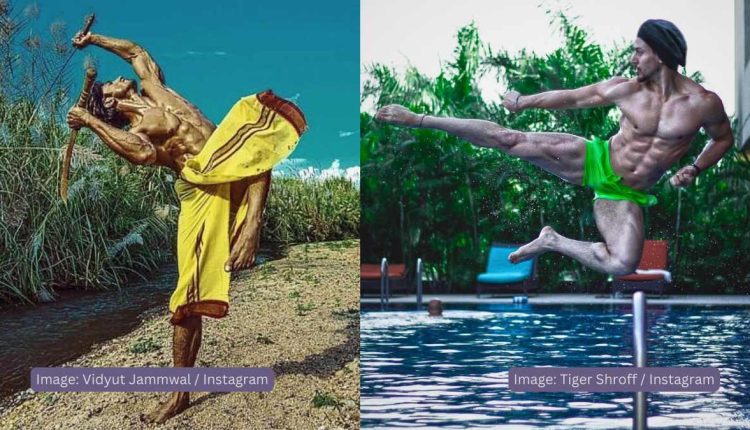Case Study: Can Tiger Shroff and Vidyut Jammwal be labelled as actors… or acrobats?
In recent years, Bollywood has witnessed a unique transformation with actors like Tiger Shroff and Vidyut Jammwal bringing martial arts and high-octane stunts into the limelight.
Both Shroff and Jammwal have carved out distinct identities, often blending cinematic action with gymnastic precision. Their extraordinary physical abilities and martial arts backgrounds have led many to wonder if they should be considered primarily as actors or labelled as acrobats who utilise acting as an additional skill.
This case study explores whether their careers lean more towards the physical than the emotive, or if they truly embody the full spectrum of what it means to be an actor.
Background and Training
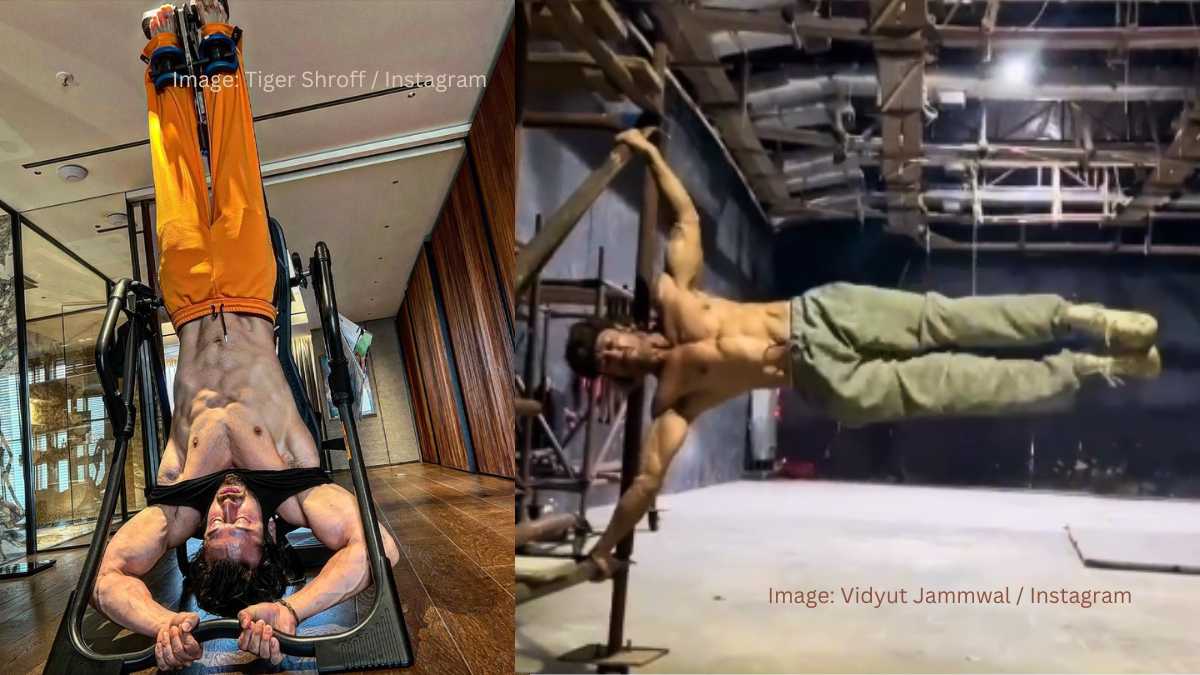
Tiger Shroff, son of Bollywood actor Jackie Shroff, began his career with ‘Heropanti’, which showcased his gymnastic prowess and martial arts skills. Shroff is trained in various martial arts, including Taekwondo and Kalaripayattu, and is known for performing his own stunts, which include intricate flips, aerial kicks, and dance sequences.
Shroff’s subsequent films, such as ‘Baaghi’ and ‘War’, capitalised on his physicality, establishing him as Bollywood’s go-to action hero.
Vidyut Jammwal, on the other hand, holds a degree in martial arts and has been practising Kalaripayattu from the age of three. Debuting in Bollywood with ‘Force’, Jammwal displayed a raw and gritty fighting style that set him apart.
Known for films like ‘Commando’ and ‘Junglee’, he has cultivated a reputation as an action hero with a focus on traditional Indian martial arts, which he views as an art form rather than merely a physical skill. Jammwal’s martial arts journey has been integral to his career, shaping his roles and his public image.
Exploring the Acrobatic Label
Shroff and Jammwal are undoubtedly physical performers, and much of their fame is rooted in their acrobatic prowess. Action sequences in their films often incorporate gymnastics, parkour, and combat choreography that require rigorous training and a high level of athleticism. They perform stunts that blur the lines between on-screen action and live acrobatics.
For instance, in the ‘Baaghi’ series as well as ‘Bade Miyan Chote Miyan’, Shroff’s performances often feature intricate flips, spins, and free-running stunts rarely seen in Bollywood.
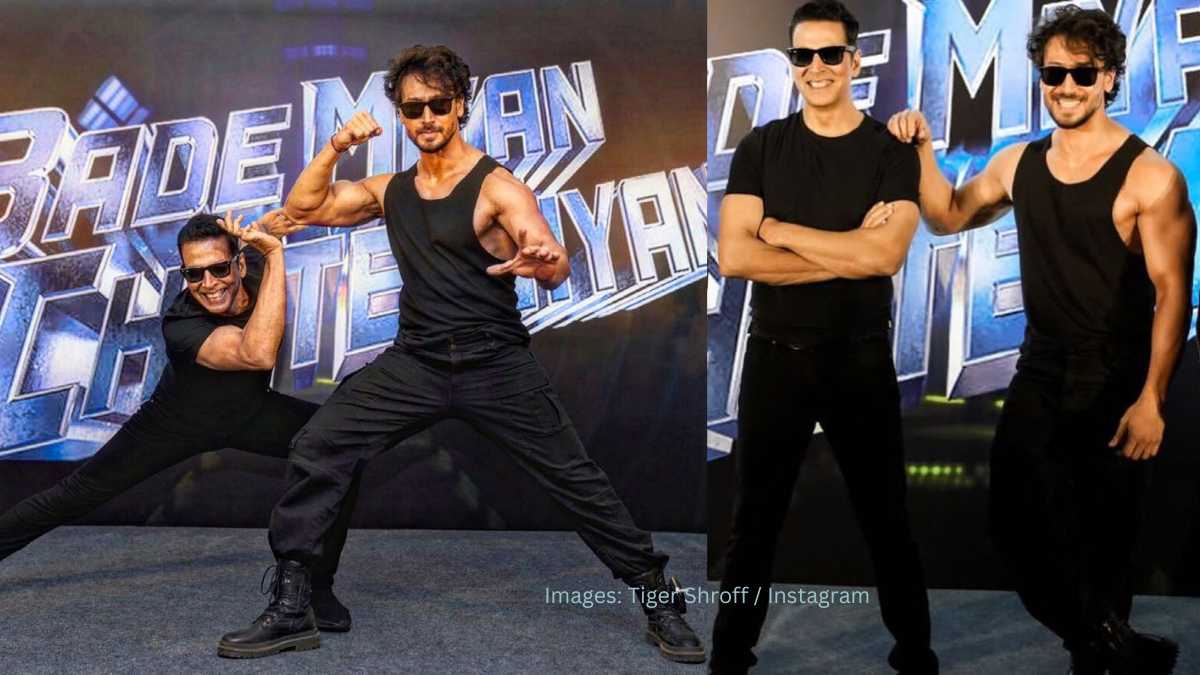
Similarly, Jammwal’s work in the ‘Commando’ franchise is defined by gravity-defying moves that showcase his martial arts expertise. These sequences are undoubtedly thrilling, but they also prompt the question of whether these stars rely more on their physical abilities than on traditional acting skills.
Acting Skills and Range
While both Shroff and Jammwal excel in physical roles, critics argue that their emotive range is limited. Shroff’s roles often focus on stoic heroism rather than emotional depth. His performance in ‘War’ opposite Hrithik Roshan highlighted his action skills but drew less praise for his dialogue delivery and emotional expressiveness.
Shroff’s role in ‘A Flying Jatt’ attempted to introduce a humorous side to his persona, yet the film did not fare well, with critics pointing out the actor’s struggle to transcend beyond his physical skill set.
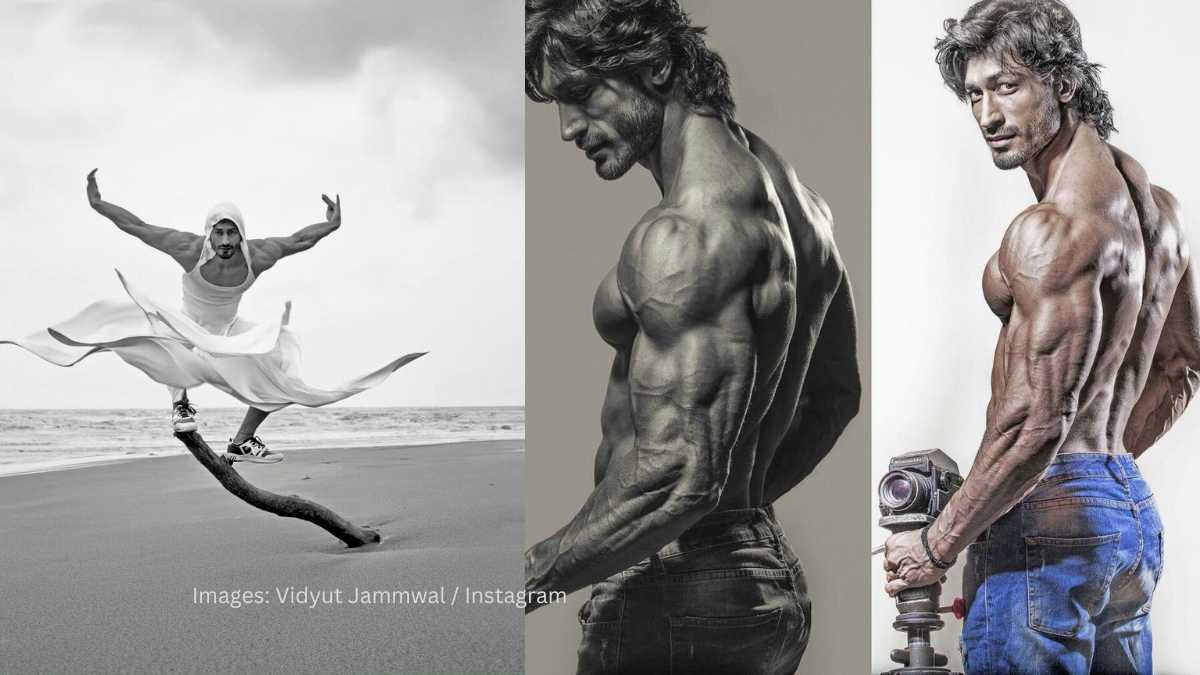
Jammwal’s journey presents a similar narrative. While his characters are usually strong and silent, such as in ‘Junglee’, he hasn’t been recognised for a wide range of emotive roles. His performance in ‘Khuda Haafiz’ was praised for showing a more vulnerable side, yet his strengths continue to be in the physical dimension, with fewer opportunities to explore emotional complexities.
Jammwal himself has stated that he views action as an expression of art, but whether this qualifies as a fully developed acting style is up for debate.
Audience Perception and Industry Expectations
Bollywood audiences have been largely receptive to Shroff and Jammwal’s performances, yet a division remains between action aficionados and those who view acting as a multi-dimensional craft.
Some audiences feel that Tiger Shroff’s appearance leans towards a softer, more androgynous look, occasionally sparking discussions on his “girly” features.
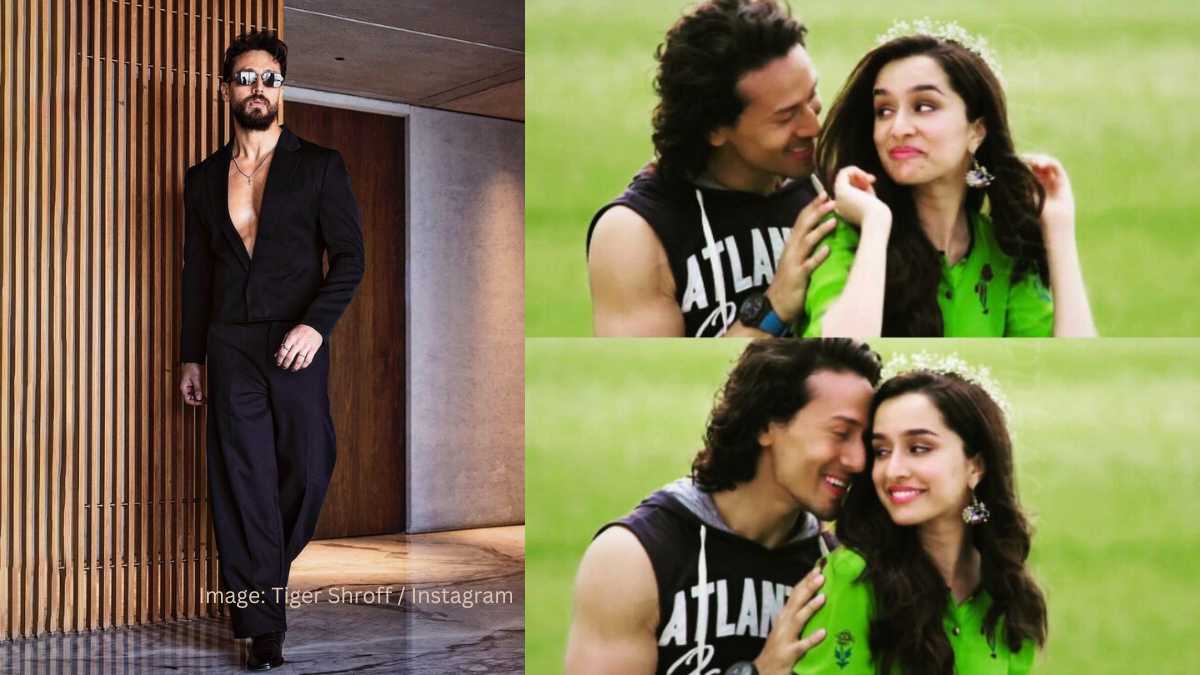
However, Shroff has used this unique look to his advantage, creating an intriguing blend of strength and sensitivity in his on-screen persona. His physicality and intense dedication to action sequences make him stand out, allowing him to bridge stereotypes and broaden the definition of a Bollywood action hero.
For many, Shroff and Jammwal are refreshing icons who bring a unique flavour to Indian cinema, often inspiring young fans to take up fitness and martial arts.

Their fan base revels in their physicality, which serves as both their selling point and a limitation. The Indian film industry also tends to typecast them in action roles, restricting opportunities for these actors to display different shades of acting.
India’s Most Famous Publicist Dale Bhagwagar says
However, India’s most famous publicist, Bollywood PR guru Dale Bhagwagar, who has handled the media for the likes of Hrithik Roshan, Shilpa Shetty, Priyanka Chopra, and movies starring Amitabh Bachchan and Shah Rukh Khan, has a different take.
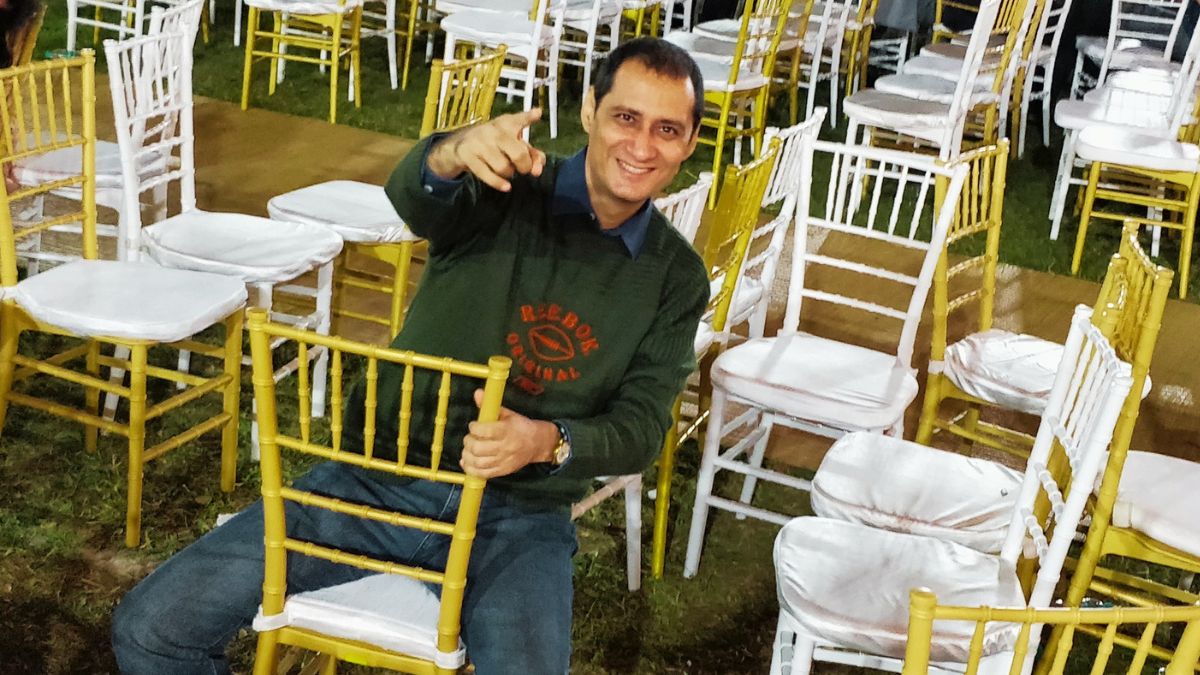
Bhagwagar points out, “First of all, they should not be compared or put in the same bracket, as both Tiger and Vidyut have carved their own space in their own right. Both have pushed the boundaries of action cinema, showcasing a rare dedication that seamlessly combines art with athleticism.
“While it’s easy for some to label them primarily as acrobats, that’s far from the truth. For an actor, it’s essential to understand the intense preparation, discipline, and resilience required to perform at this level while also emoting at the same time. Tiger and Vidyut are not merely physical performers; they bring a unique energy, talent, emotional connect and commitment to their roles, adding layers to Bollywood’s action genre,” concludes Bhagwagar.
The Future could be Different: Balancing Action and Acting
As Bollywood evolves, both Shroff and Jammwal face a crucial decision about their future in the industry. They can either continue honing their niche as action stars or attempt a transition into more versatile roles.

Jammwal’s recent explorations, such as his role in ‘Khuda Haafiz’, suggest he may be open to experimenting, but he still remains closely associated with high-octane action. Shroff, despite attempts at expanding his range in films like ‘Student of the Year 2’, remains perceived as a physical performer.
Breaking out of this mould could require significant effort, both from themselves and from the industry that has typecast them.
Final Take
The debate about whether Tiger Shroff and Vidyut Jammwal are actors or acrobats reflects a broader conversation about the definition of acting itself. While they bring a level of skill and dedication to the screen that is undeniable, their careers to date have prioritised physicality over emotive expression.
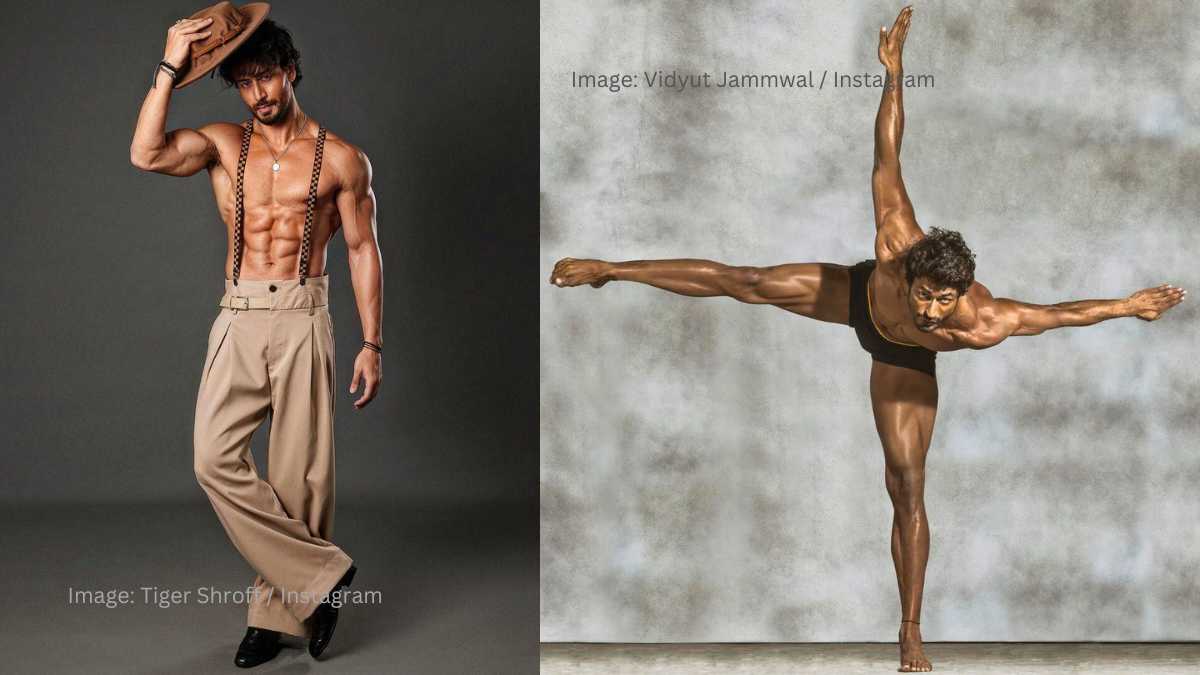
Labelled as acrobats by some and actors by others, Shroff and Jammwal occupy a unique space within Bollywood. Whether they remain in this niche or successfully redefine themselves as versatile actors will depend on three factors: Firstly, the roles they choose. Secondly, how much they are willing to invest in developing their emotional range. And lastly, how their branding, narrative and perception is carried forward in Bollywood.
In the end, the question remains: Can an actor be judged purely on their physical prowess, or is true acting defined by the ability to convey a full spectrum of human emotions? For now, Tiger Shroff and Vidyut Jammwal continue to push boundaries, even if those boundaries are largely physical.

